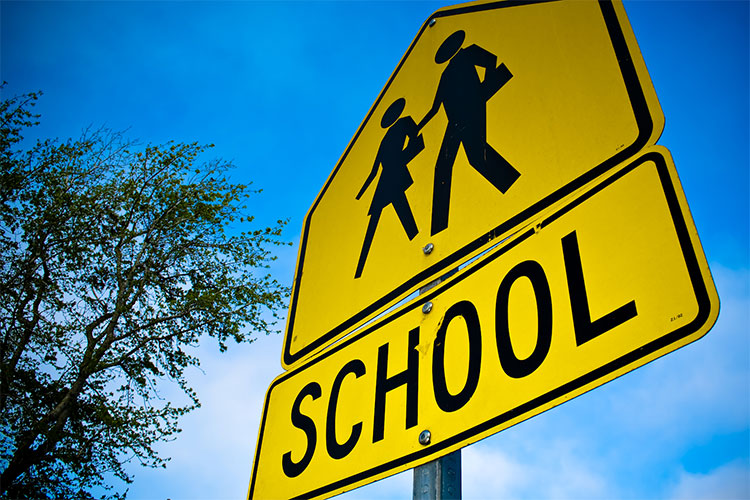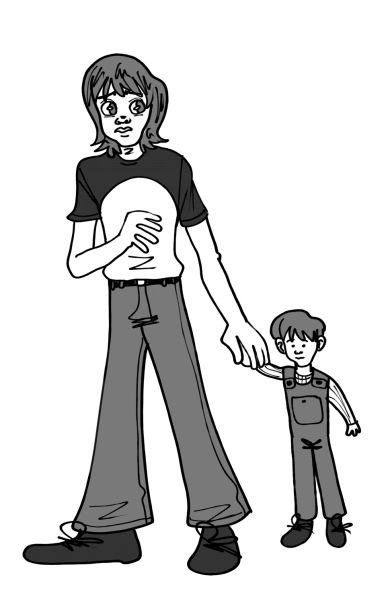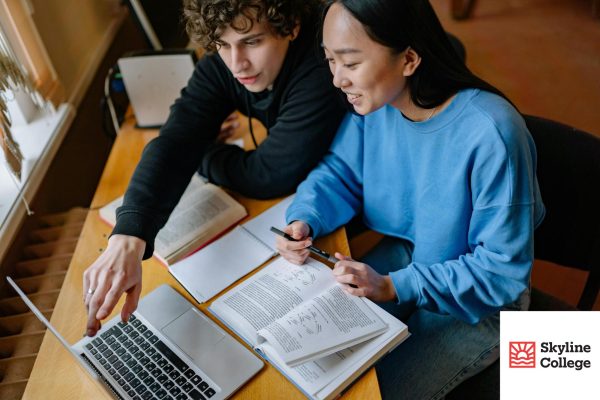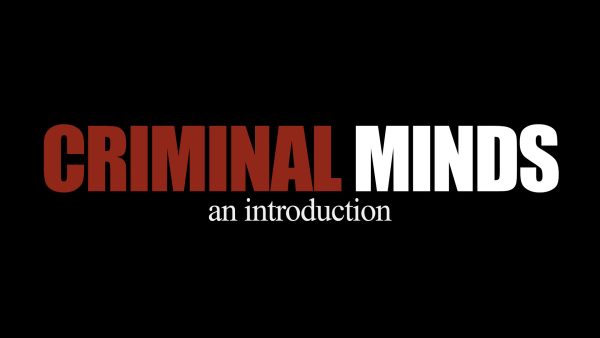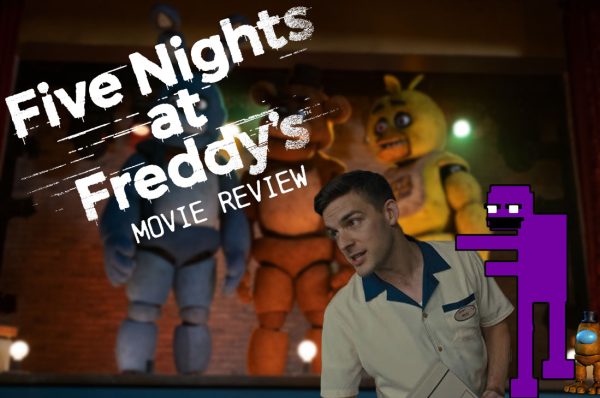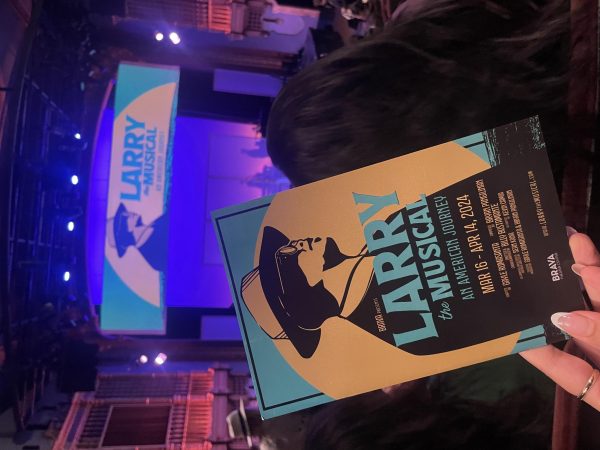Distance learning experiences mixed reviews amid return to campus
The debate between private vs public schools has only heated up since the pandemic began
Many parents are pulling their children away from public education after a bad taste from distance learning during the pandemic.
Click-click-click-clack-clack-clack.
The inanimate sound of ferociously typing students filled up millions of bedrooms across the country as the raging COVID-19 continued to swoop and spill large chunks of uncertainty. Distance learning –– a new concept for those used to being present in a physical classroom –– forcefully took the reign as the prime source of education.
Of course, there wasn’t a single soul that could’ve predicted the unimaginable changes that came along with the change. Khakis and colorful dresses were replaced with dull sweatpants –– or nothing below the waist at all. A firm desk to sit at was swapped for a warm bed to lie in. The face-to-face interaction that shines such a bright light on the overall school experience was traded for a Zoom profile that only featured an active webcam if the mood was satisfactory.
Most of all, the future generation that will soon rule the world was impacted academically.
“It was a really hard set of circumstances that students, parents, families went through,” said Jesse Boise, principal of Capuchino High School in San Bruno.
Boise and his team experienced growing pains in the Spring of 2020, the height of the pandemic, and right around the time when minimal information was known about the virus. Along with the rest of the San Mateo Union High School District, Capuchino burst into reactionary mode and tried everything to make sure students could make the transition from school to their homes.
The first few months of learning online ended up undeveloped; the digital platforms were not built to the highest capability, the instructional schedule failed to align with distance learning, and technology wasn’t distributed quickly enough. But that didn’t stop students and teachers from developing stronger executive function and digital skills.
“For sure, things were not as impactful as if we’d have the opportunity to do it in person but –– within the context that we found ourselves –– I was overall really proud of how students and staff navigated,” Boise said.
Capuchino –– a public school –– is back on campus this fall with quite a few protocols to keep COVID-19 away. Masking, ventilation, sanitization, vaccination, and testing are just a few priorities the administration has zeroed in on. They’ve even toggled around with advanced seating charts to make sure contact tracing is as easy as possible if a possible positive case were to arise.
In an age where school board meetings are infiltrated by different stances on protection against COVID-19, Boise hasn’t heard one complain about wearing masks on campus. As a matter of fact, he says the school has “universally embraced” the mandate.
Although it’s bound to be a memorable return to numerous public school campuses this fall, this isn’t anything new for many private schools. According to the California State Department of Public Health’s research in February, most of the state’s private schools appeared to offer some form of in-person learning.
With flexibility, space, a rejuvenated financial aid persona, and manageable class sizes on their side, private schools have flourished –– and will possibly continue to shine after COVID –– in enrollment since the pandemic. In a May report from CNBC, roughly 41 percent of parents were more likely to prefer private education as opposed to a public option.
Holly Rios is now one of them.
With two kids enrolled in the Pacifica School District –– one a high schooler and one still in elementary school –– Rios became increasingly frustrated with the way public schools were handling their curriculum.
“The school and teachers weren’t putting in as much support and commitment as they used to, mostly because the school districts had put too many responsibilities on the teachers to the point that they couldn’t do their jobs completely,” Rios said. “They just threw a lame solution at the students and lowered the learning standard.”
As private schools pulled the trigger on their reopening process a little quicker than public schools, Rios saw her opportunity to pounce and make the transition. She and her children found the adjustment tough but rewarding as they were placed in higher-level academic classes and mingled with new friend groups.
Even though her children experienced public education their entire lives, Rios was settled on finding more of a challenging alternative.
“Public schools need to be smaller. We need more qualified teachers and more schools so a whole city isn’t jammed into two schools, then each student can get the attention and opportunities they deserve,” Rios said.
Although the adaptation seemed painless and the option turned heads in Rios’ household, the same can’t be said for many students already enrolled in public schools. Cost is the number one barrier, with tuition continuously jumping year after year. In reality, not every family has the assets to make the sacrifice –– especially with college looming in the distance for high schoolers.
“So often I appreciate when parents reach out proactively and share concerns because then we can address it,” Boise said. “It’s really hard when a concern manifests much further down the line. We’re imperfect just like anybody and I think it’s right that people should assume that we are proactive in learning, investigating, and finding those things out, but that’s just not possible.”
The pandemic changed many things, but distance learning universally hurt the same crowd: students –– no matter if they were enrolled in private or public schools. The general consensus remains that each experience is different for every type of student. Although the number of parents transferring their students from one to the other could wind up being minimal, it still remains a blazing-hot topic of debate.
“Private schools, in general, serve different purposes depending on the mission and the goal of that school community,” Boise said. “I mean, I think the beauty of public education is that we serve all students. Whoever walks through the door, we’re going to promise you an excellent education. And anyone who lives within the boundaries is promised that.”



